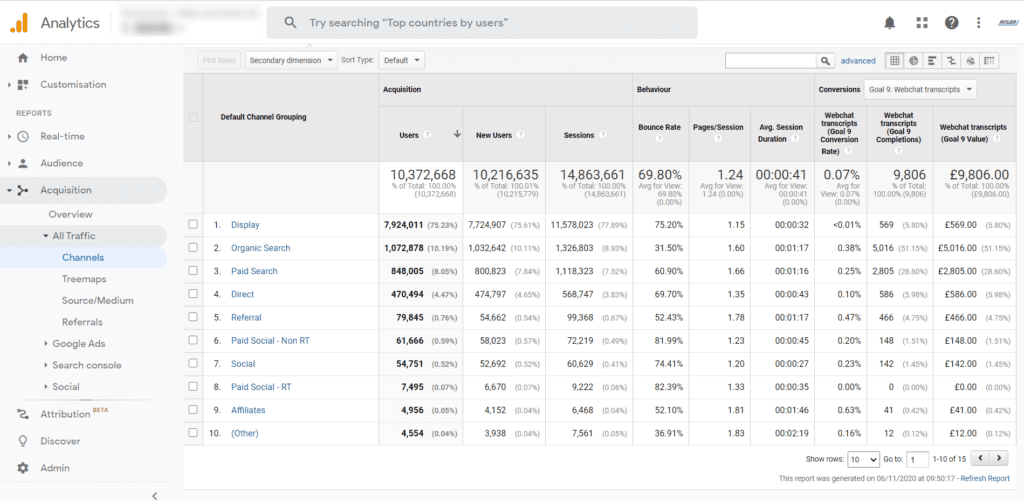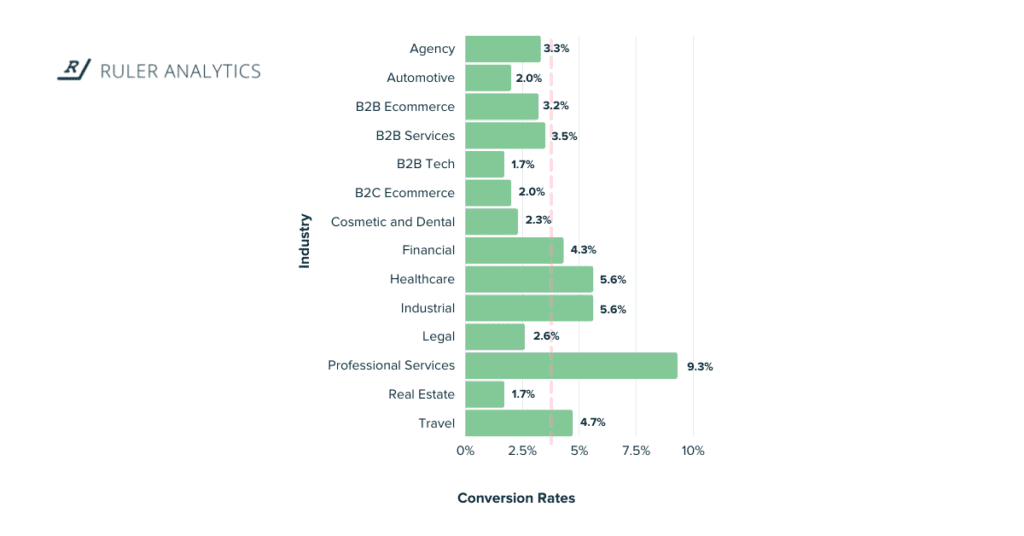If you’re assessing your marketing strategy, then it’s key that you ensure you’re present and being found, on the marketing channels that are providing the most value to your bottom line. We share how to find the most effective marketing channels for your business to pursue.
Not every business has a marketing budget of millions of dollars that gives them room to test out every marketing channel. And while you can be creating fantastic content to promote your product or service, if you’re not sharing it on the right channels then you’re in trouble.
The phrase, if you build it they will come, is dead. Consumers want to be reached where they are, and the messaging needs to be right.
But don’t worry, we’ll walk you through how to pick the most effective marketing channels to drive new business.
In this blog, we discuss:
Let’s get stuck in.
We surveyed over 200 marketers on how they’re currently using the marketing channels available.
Here’s what we found.
As expected, the majority of marketers use their website and blog content in their marketing. A large proportion of marketers also used channels like email marketing, paid social, video and events.

Download the full marketing attribution and reporting report here.
Deciding which channels you want to use depends on a few factors. Consider your product or service type and what industry you sit in. Are you B2B or B2C? If you need to create a lead generation funnel, then your channels will be very different to those businesses driving eCommerce.
Related: Complete guide to lead tracking and generation
Similarly, who’s your target audience and where do they reside? Understanding these points will help you get a better feel of where you should focus your attention.
But how do you select the most effective marketing channels? Keep reading to find out.
We all know that marketing can make or break your revenue generation. Ideally, you want to get to a point where you can be making data-driven decisions on your marketing.
So how do you choose the most effective marketing channels?/ We’ve got it pinned down to these three key reasons.
It sounds simple, but understanding how much revenue your marketing channels are driving individually is key to defining if a marketing channel is successful or not.
If you work in eCommerce, then you can easily view this via Google Analytics. But what if you rely on lead generation and so revenue is closed off in your CRM?
Well, what if I told you that you could close the loop between your closed sales and your marketing?
If you use a marketing attribution tool like Ruler Analytics, you’ll be able to attribute closed revenue from your CRM to the marketing channels that influenced it. What does it mean? Well, similar to those eCommerce marketers, you’ll be able to log into Google Analytics and see your revenue data right in your dashboard.
How, well by assigning actual revenue to your goals, as opposed to set values. Here’s how you can track marketing revenue in Google Analytics.

By understanding which channels are driving the most revenue, you can see which have the most potential to grow and scale your business.
Related: Definitive guide to marketing attribution and models to use
Another way to prove your marketing channels are effective is by understanding if they’re driving high-quality leads.
Generating leads is a challenge, but remember, a lead doesn’t guarantee a sale. So while you might be counting new leads as a success, they might not ever convert.
So how do you assess your marketing channels to see if they’re generating high-quality leads or not?
Well, it comes back to marketing attribution again.
With a tool like Ruler in place, you can quickly assess how many new leads you’ve generated by channel, plus how much revenue they then result in.
Related: Lead tracking and how to get started
This gives you a quick view of your channel’s conversion rate and then your close rate too.
Ordinarily, marketers generating leads have to battle with linking their form submissions, inbound calls and live chat conversations to anonymous visitors on their website and then to closed sales in their CRM. But with a tool like Ruler, you can easily view your channel performance.
Understanding how your competitors are using marketing to drive their business is key insight for anyone looking to improve the effectiveness of their marketing.
But where do you begin?
Well, you could start with a quick audit. Check out the channels your competitors use and see how often they post and what content they’re sharing. Are they sharing frequent blogs? Are they driving people to sign up for their newsletter?
We analysed our own customers and how they use marketing channels to understand the conversion rates different industries see from channel to channel.
Here’s a breakdown of the average conversion rate by industry. Coming in top is professional services with a conversion rate of 9.3% followed by healthcare and industrial at 5.6%.
How do you compare to the industry average?

Download the full conversion benchmark report here, or download your industry-specific one via our resources page.
And there you have it. Three easy ways to select the most effective marketing channel for your business.
Remember, marketing is all about combining creativity with data.
With a tool like Ruler Analytics in place, you can quickly determine if a new campaign or channel is working. For those using big budgets, this can be a lifesaver.
Related: See how Ruler can support your paid advertising strategy
Understanding marketing attribution and how it can support your marketing strategy is key. The right tool can help you protect your budget and only use it on campaigns and channels that you know are sure to drive high-quality leads and sales.
Want to learn more about how it all works? Read how Ruler Analytics attributes revenue back to your marketing, step by step.
